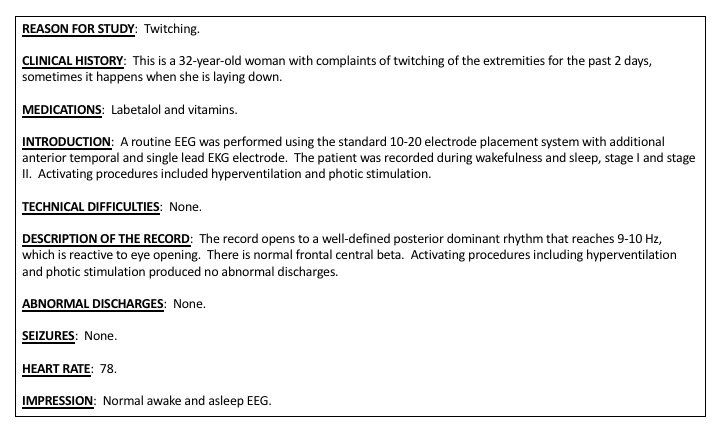The Temple University Hospital (TUH) Corpus with over 30,000 EEG records and associated clinical reports is one of the largest open EEG data repositories available.
Hundreds of thousands of EEGs are done around the world in clinical settings each year. Yet sadly few of these contribute to advancing science. The Temple University Hospital (TUH) Corpus, an initiative of the Neural Engineering Data Consortium created by Drs. Joe Picone and Iyad Obeid at Temple University, is one of the few repositories of de-identified clinical EEG data that is available to researchers. This continuously growing repository contains over 30,000 EEG recordings taken since 2002 at TUH along with associated clinical descriptions of the patients making one of the largest openly available EEG resources.
EEG Recordings
The EEG recordings range from a few minutes to even several days in duration, are typically 24 to 32 channels and are digitized at 250 Hz. All of the recordings are stored in EDF format. Recordings are typically during eyes closed awake state, during sleep or across all states in the case of long-term continuous recordings.
Clinical Report
The clinical report contains the age and gender of the patient along with a physician’s description of symptoms and any diagnosis and medications. While the majority of the EEGs have been taken in people with epilepsy or seizure, there are thousands of EEGs representing patients presenting with a wide range of issues from depression and headaches/migraines to Alzheimers and even twitching. A sample report is shown below.
The TUH EEG Corpus can be accessed here. It also includes a number of subsets for example where seizures have been manually annotated. You can also learn more about the TUH EEG Corpus and the various kinds of processing and data subsets in this talk by Dr. Joseph Picone at the EEG: Analytical Approaches and Applications Symposium held in June 2019.


